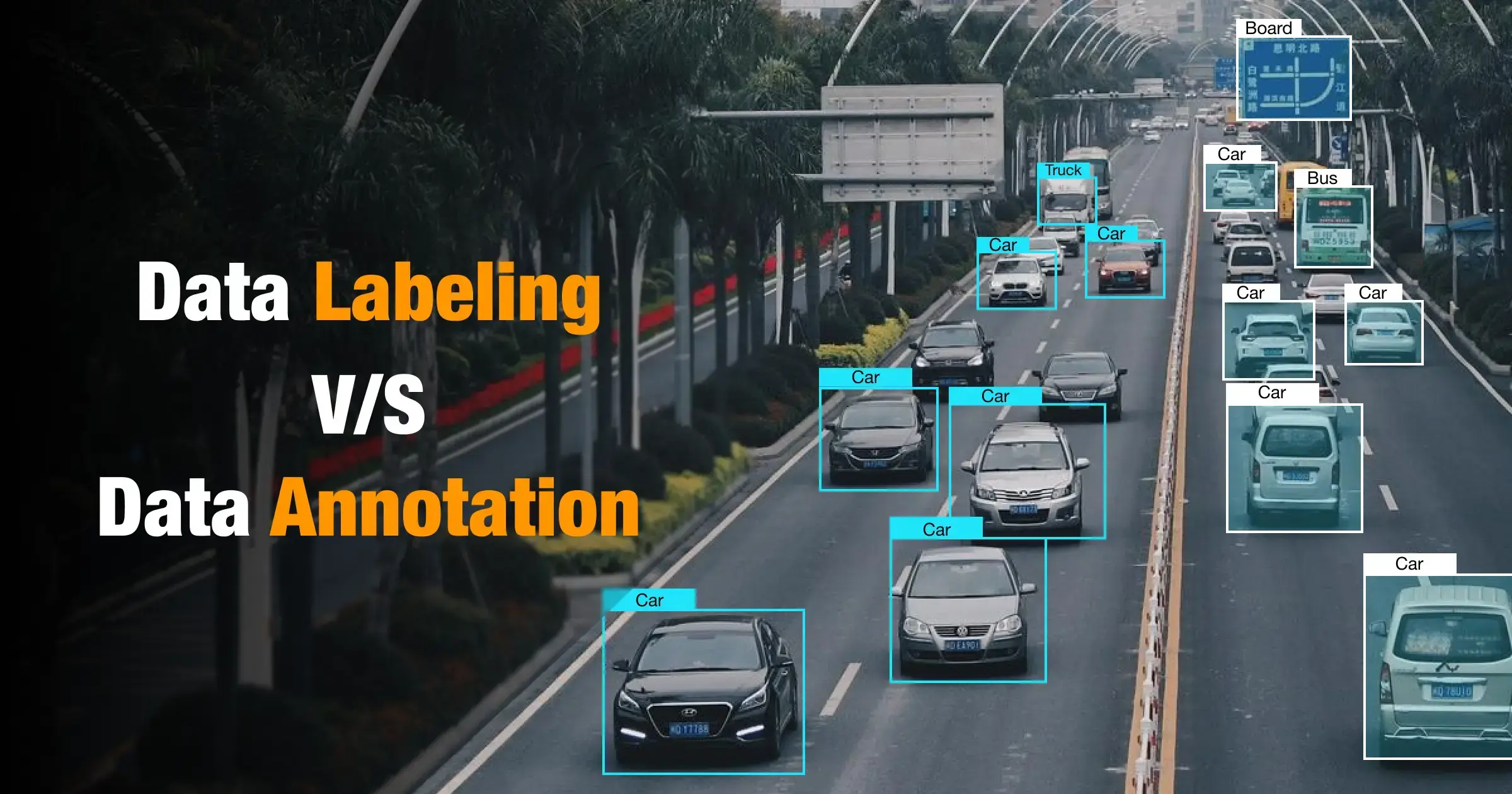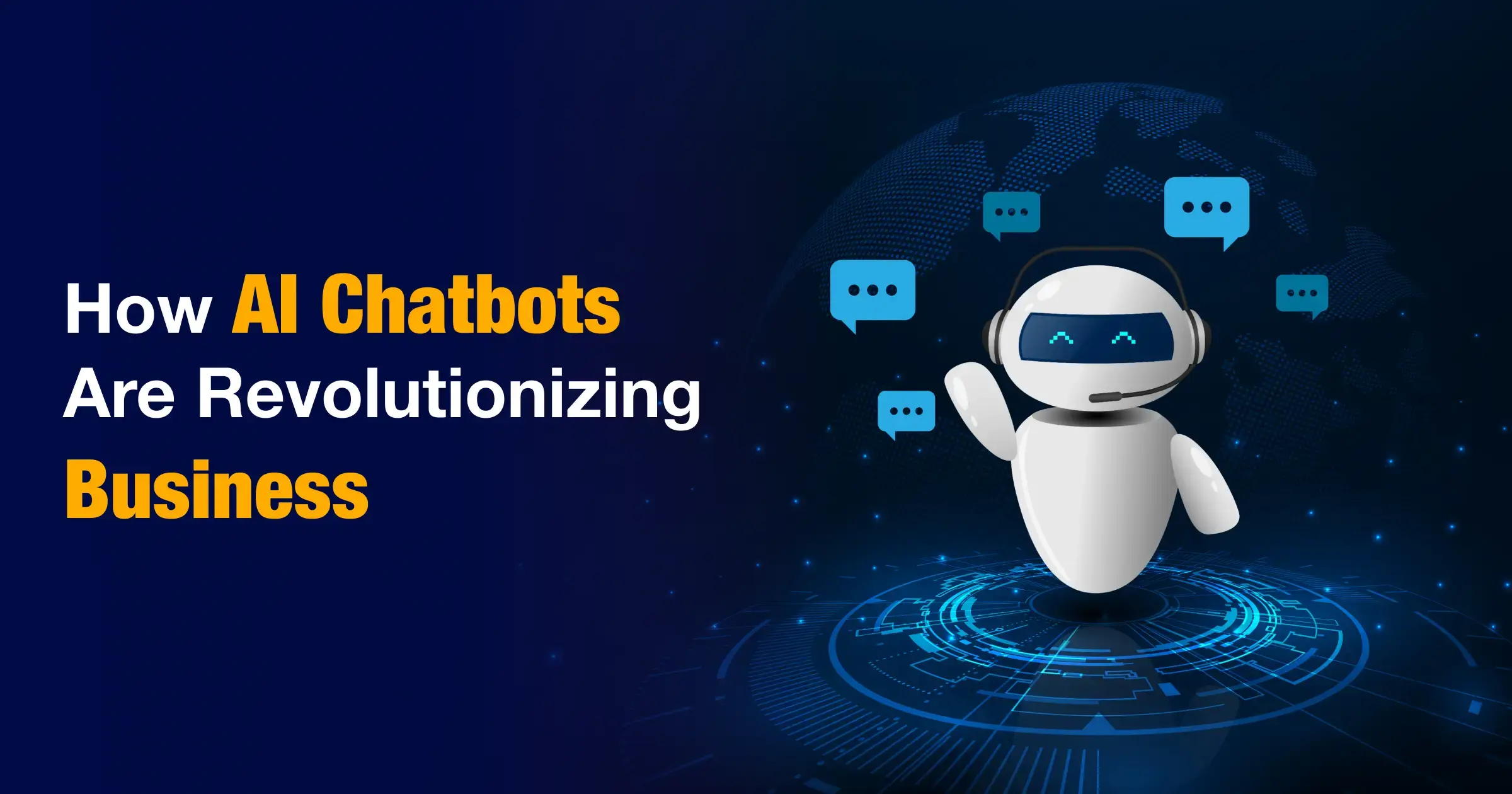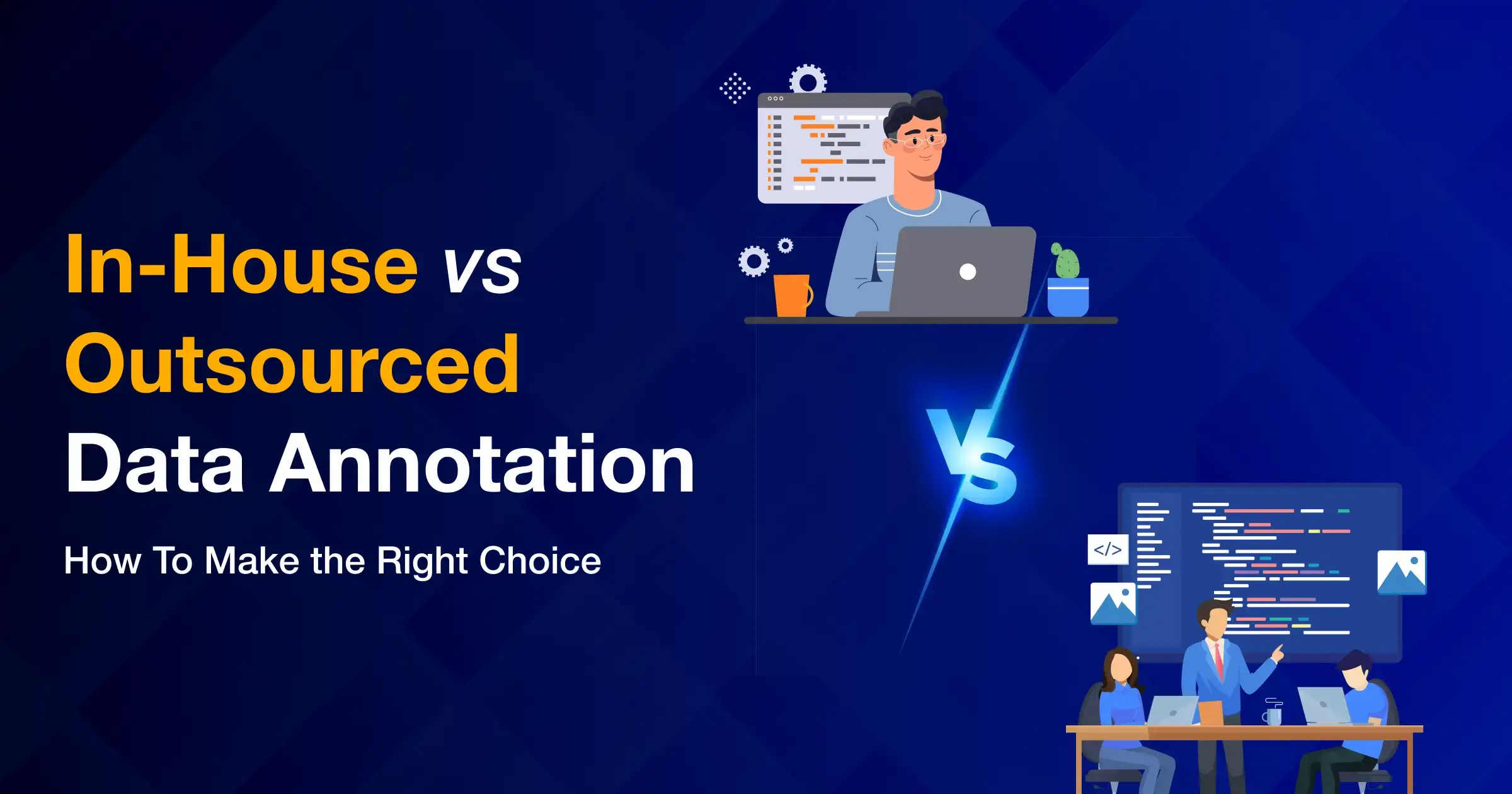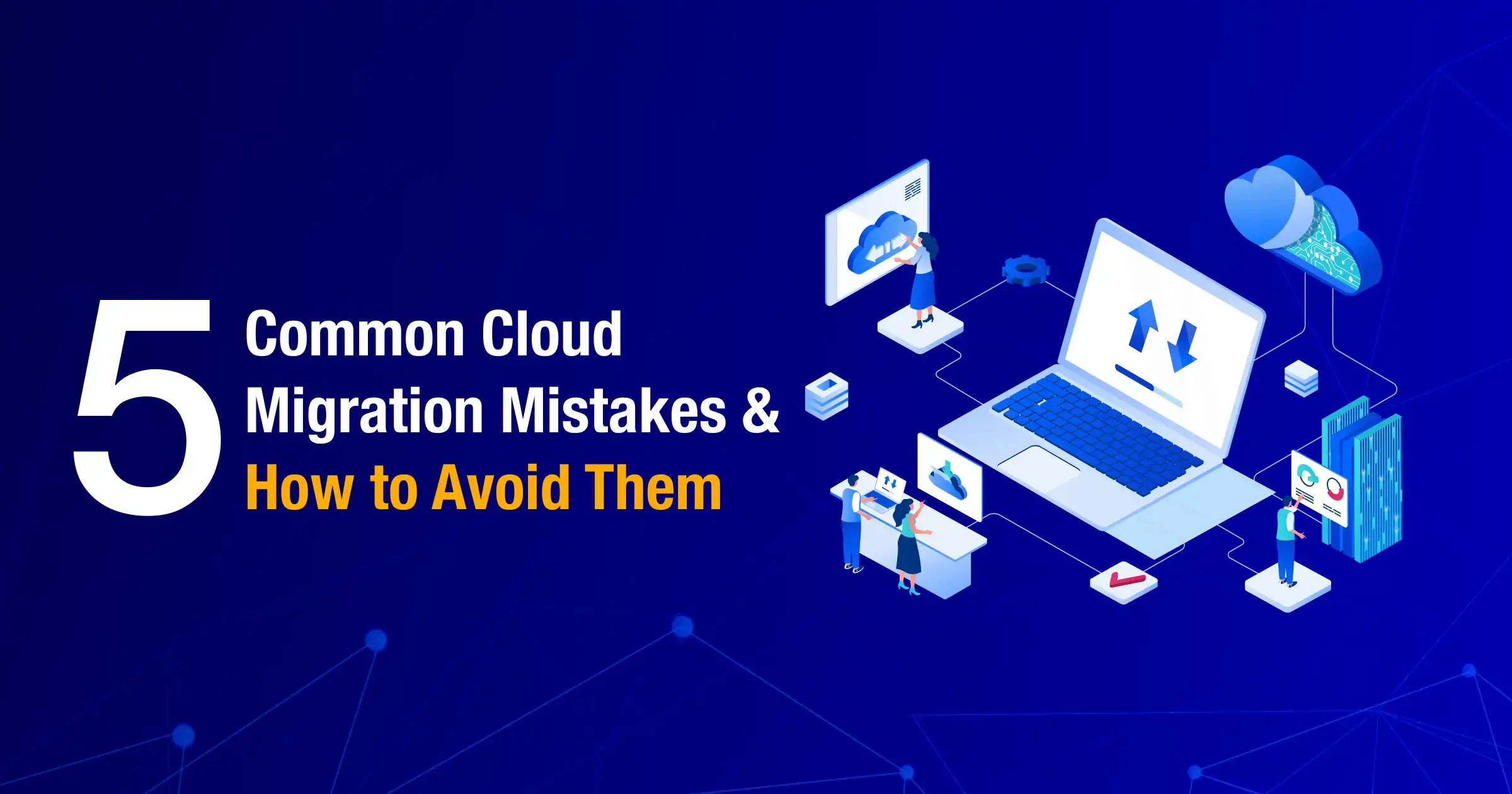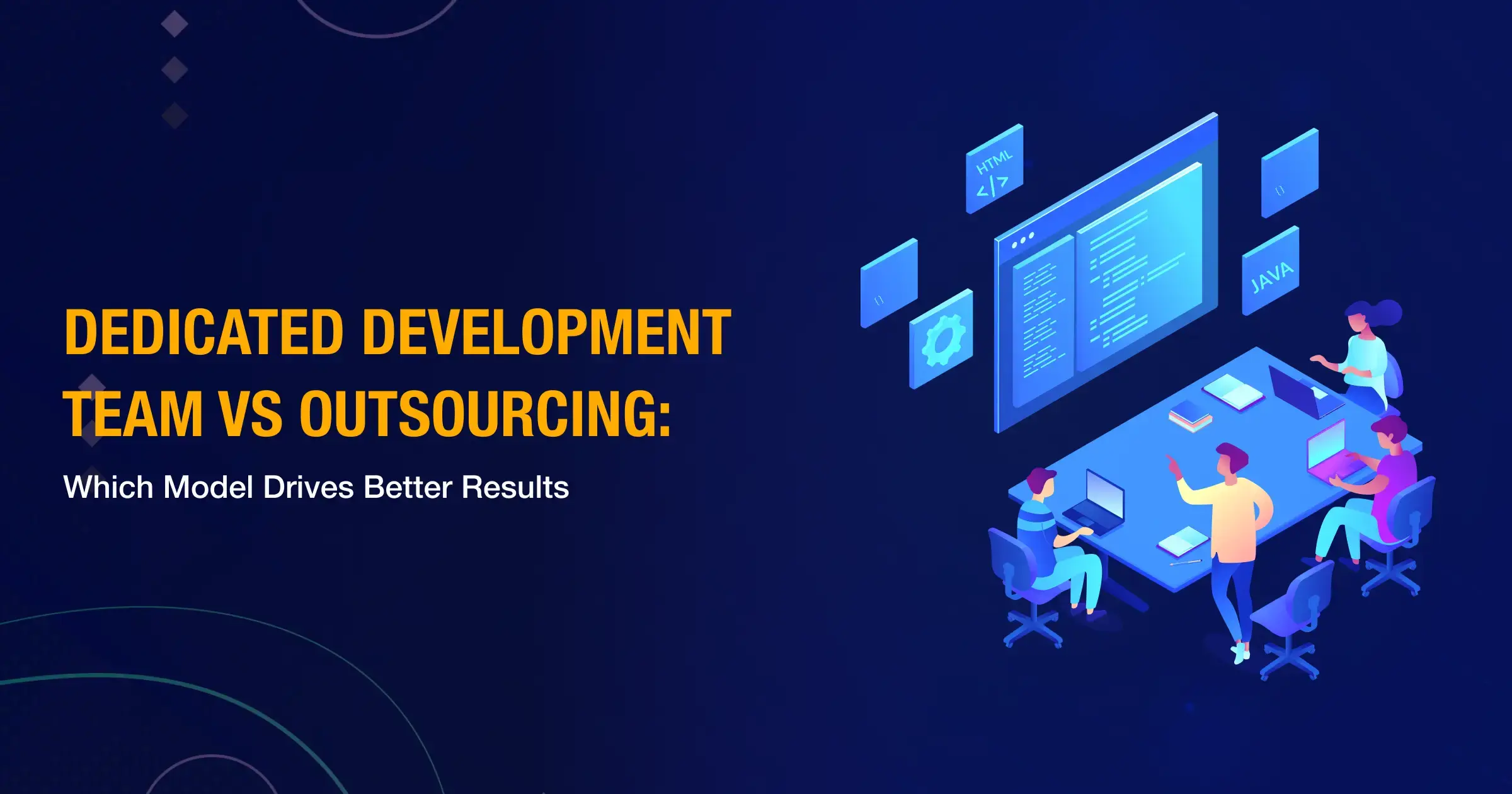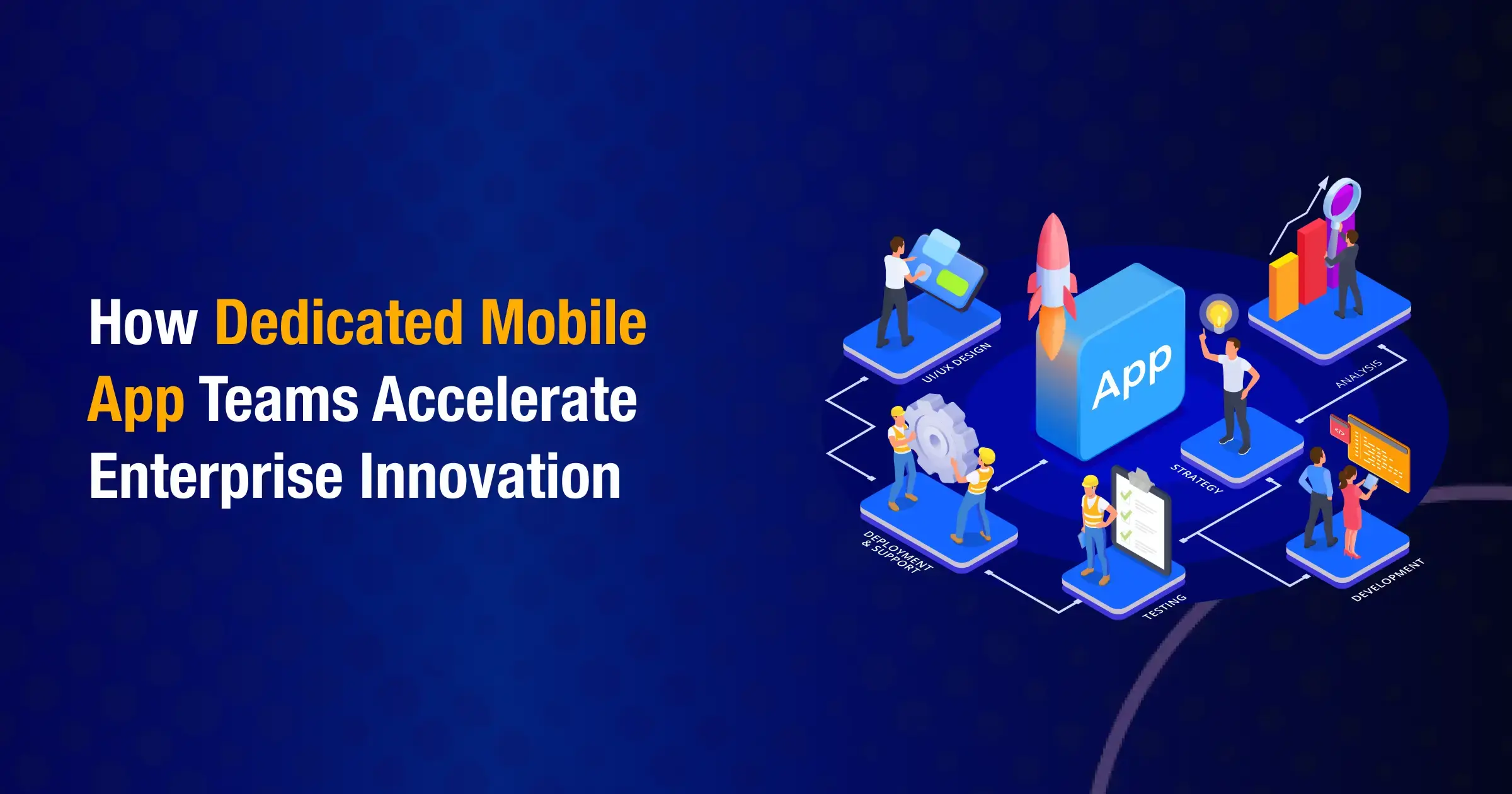
For artificial intelligence and machine learning applications, various terms resemble each other but have distinct meanings, something that typically induces confusion in the initial planning of an AI implementation.
An example of these confusing terms lies in the difference between data labeling and data annotation. These terms are typically utilized interchangeably as if these are interchangeable terms. Yet in reality, these have their meanings that vary in role when dealing with an AI development, making it extremely significant to recognize which of them each contains.
The Significance of Data Labeling and Data Annotation

AI systems and their services need a huge amount of data to train and arrive at proper conclusions. Data in raw form, however, does not suffice and not a single machine will be able to draw inferences out of it. Hence, this data needs to be duly processed and converted so that it can become readable to models even before it goes into the machine learning pipeline. That's when labeling of data and data annotation come into the scene.
It is a fallacy that people usually state that data annotation and data labeling are synonymous terms. However, in practice, these terms mean something entirely different and have a specific role to play when dealing with preparation of data. Even if these terms are highly synonymous with one another, it would be beneficial to understand their distinct sense and role.
What is Data Annotation
Data annotation means adding metadata to data. That can be done in a variety of methods depending on what type of data it is, i.e., text, image, video, or voice. Data annotation primarily includes object detection, segmentation with labels, specifying features and supplying context among others. Data annotation can be said to be a generic term that covers various tasks that help machines interpret content.
What is Data Labeling
Data labeling is a narrower process and a part of data annotation. Data labeling involves labeling of the data because these labels are categorical outputs that should be learned through the model. It can be just labeling an image as "cat" or "dog", or sentiment labeling as "positive" or "negative". These are outputs that the model depends on during training to learn and predict.
Simply put, data annotation means that you're labeling several regions of an image while in data labeling you're providing them with names.
It remains a fact that these two terms are vastly unlike each other, but they do come in pairs when it comes to training AI models. Most of the projects would usually start with data annotation that precedes adding contexts first before proceeding to labeling that entails setting of certain values. Either of them can come before the other in a certain project, or can arrive in concurrent necessity.
This variation needs to be understood because it's critical while planning out AI projects, especially in terms of defining goals, time periods, allocations of resources, etc. So, with correct understanding, mistakes can be avoided and model efficiency can be optimized.
Let us now look at how each of data labeling and data annotation functions in practice applications and what types exist for each of them.
What are the Types of Data Annotation


As we have already seen, data annotation and labeling work in different ways but both are critical for effective learning of AI systems and machine learning models. Let us look into the different annotation and labeling types to understand their working better.
Data Annotation Types
Data annotation includes a wide range of techniques that add meaning to data. Here are some common types:
1. Text Annotation
This type of annotation is predominantly used in natural language processing (NLP) models, which can include tagging named entities (like names of people, places), marking parts of speech, or highlighting relationships between words. Large language models (LLMs) highly rely on text annotation as it helps them train better with structured data.
Use case: Intelligent chatbots like a customer support chatbot need annotated text to understand queries better and respond accurately, without human oversight.
2. Image Annotation
Image annotation typically includes drawing functions like bounding boxes, segmenting objects, or marking points. This method helps models identify and understand visual elements of data, which comes handy in terms of computer vision services.
Use case: An autonomous car model uses image annotation to detect pedestrians, vehicles, and lane lines.
3. Audio Annotation
With increased dependency on voice search features, audio annotation plays an essential role as audio data is annotated to include speech segments, pauses, emotions, or even accents. This helps machines clearly understand and even comprehend audio data clearly.
Use case: Voice assistants need audio annotation to improve voice recognition and intent detection.
4. Video Annotation
Video annotation is all about annotating video data that may include frames, visual elements and objects, pixels, and many more. This type of annotation involves marking objects across video frames and tracking motion, with an aim to make video data easily readable by machines.
Use case: Security systems use video annotation to detect movement patterns and identify suspicious behavior.
What are the Types of Data Labeling


Data labeling is all about assigning clear values to data samples, the function of which varies from data annotation. These are needed when training supervised models.
Classification Labeling
In this type of data labeling each data sample is assigned a specific class. It represents the most straightforward approach, where it assigns single or multiple categories to data points based on predefined criteria.
In this, binary classification handles yes/no decisions, while multi-class classification manages multiple exclusive categories, and multi-label classification allows for multiple simultaneous categories per data point.
Use case: Emails are labeled as “spam” or “not spam” and categorized into content types and severity levels
Sentiment Labeling
Here, data is labeled based on emotion or sentiment, which goes beyond understanding the surface text. It primarily focuses on emotional classification by typically using positive, negative, and neutral categories, however, it can be customized to label more nuanced scales including intensity levels and specific emotion types like frustration, satisfaction, or confusion.
Use case: Product reviews are labeled as positive, neutral, or negative, and social media monitoring for brand management utilizes this approach to track public perception, identify potential PR issues, and measure campaign effectiveness.
Object Labeling
In object labeling, images or videos are given class labels. In visual applications it identifies and categorizes specific items within images or video frames, which includes product identification in retail applications, vehicle classification in traffic management, and medical condition identification in diagnostic imaging.
Use case: In retail, products are labeled to train models for shelf monitoring, and in autonomous vehicles, which rely heavily on object labeling to identify pedestrians, vehicles, traffic signs, and road conditions, while security applications use object labeling for threat detection and access control systems.
Intent Labeling
This type of data labeling is commonly used in chatbot and voice assistant models, where the data is labeled based on the intent behind a particular data. This comes highly helpful in planning marketing campaigns, identifying brand impact, and many more.
Use case: Intent labeling is highly useful when it comes to classifying a user query as a request to book a flight or check balance.
How ML Models Process Annotated and Labeled Data
The machine learning models typically need to be taught from examples, so it stands to reason that these need to be well-structured and well-defined. That's what labeling and annotating are.
Supervised learning considers labeled data as its key input. In this case, the model looks at inputs and how to relate them to correct outputs. It learns to link pictures to correct object names, for example.
Data annotation also helps to give it context. To train it to understand customer conversations, it would need to have in its training annotations that call out entities, emotion, and intent in the message. Without this, it can miss important meanings and can even cause mislearning.
In some projects, labeling and annotation are done in parallel. They begin with labeling of data to create structure in it and then labeling process for data commences when labels are being fed to train the model. It is a multi-layered process that allows the model to recognize the task and understand the data.
Well-prepared data also means better inference performance. Sharp labeled and annotated data that has been used to train this model can successfully give proper answers in real applications.
Hence, labeling and annotating the data not only remain limited to training but also influence the overall lifecycle of the model.
Why It Makes a Difference for Enterprise AI Projects
In real-world AI projects this difference isn't abstract. It affects how groups collaborate, how budgets are planned for, and how results are achieved.
If teams consider both processes to be identical, they can overlook important steps. Development can slow down or even create problems with product quality in the future. For instance, a healthcare model of an AI developed only with labeled data, not with detailed annotation, may fail to read patient records appropriately.
Correct interpretation of each of these terms also helps while outsourcing. Vendors and teams need to have an understanding about expectations. Misunderstanding can lead to incorrect preparation of data.
From a business standpoint, comprehension of how much to annotate and label helps to establish proper timeframes, assign proper resources, and make proper tool selections. This transparency facilitates proper planning in less time, fast development, and higher-accuracy models.
Selecting the Appropriate Label or Annotation
Deciding between labeling and annotation is based on the aim of your AI project.
If your model needs to classify data into categories, labeling is enough. For example, a sentiment analysis model just needs labeled sentences.
But if the model is required to discern complex patterns, then they have to be annotated. It is true for models for autonomous vehicles, medical diagnosis, and finance. Those use cases necessitate data enriched in context.
For most projects, you will want to do some of both. You may annotate speech with time stamps and also tag speech for emotion. Or annotate medical images and tag them for disease type.
The selection also depends on time, cost, and complexity. Annotation is more difficult but allows for greater in-depth understanding. Labeling is fast but is fine for less complicated work.
Being clear on this decreases rework and gets the team going.
Should You Outsource or Create In-House?
This is a common issue in the data preparation of AI.
In-house building is having the control, but there is cost and time involved. You are going to need trained annotators, QA tools, annotation tools, and domain expertise. It also carries the cost.
You get speed and scale through outsourcing. Specialized partners also have tools, skilled personnel, and established workflows. Additionally, they are familiar with industry requirements.
This also frees up the in-house personnel to work on model design and business logic. Data preparation occurs outside, where the quality checks are in place.
In choosing your data partner, make sure they have:
- A reliable annotation platform
- QA systems
- Specially trained experts
- Secure data handling
- Scalability for large datasets
This will yield you models which are production ready and are trained on good-quality data.
In the event you intend to outsource, our Data Annotation Services are capable of handling enterprise-grade requirements in terms of speed, security, and precision.
How We Annotate and Label
Our organization positions data preparation at the center of the building of the AI. We do not take the process of labeling and annotating lightly. We consider them to be procedures which create the success of the entire model.
We serve clients in the healthcare, retail, automotive, and finance markets. We are familiar with the specific needs of the industry and employ the correct use of annotation and labeling.
We perform automation and manual work in conjunction. It results in the best balance between speed and precision. Quality checks, reviews, and feedback loops are applied to all our datasets.
We also provide multilingual annotation, sensitive data handling, and project-based scaling.
This approach gets our customers to market faster with correct and trusted models of AI.
General Fallacies Concerning Annotation and Labeling
There are some common ideas which are apt to confuse. Let’s sort them out.
Myth 1: Data annotation and data labeling are the same.
Fact: Data annotation is also used to refer to labeling. Annotation involves many different kinds of activity.
Myth 2: Open-source tools are enough for data annotation and labeling.
Fact: Possibly for small projects. But for bigger projects in the enterprise world, you need robust platforms with quality checks and workflows.
Myth 3: Labeling more data is better for precise performance and results.
Fact: It’s not volume. It’s consistency and relevance. It’s poor labeling for models to confuse.
Myth 4: Anyone can perform data annotation.
Fact: To do higher-order domains like medical or legal, you will need domain-annotator training.
To Sum Up
Data preparation is the bulk of creating AI. Data labeling and data annotation are two terms that are sometimes interchangeable but serve different ends entirely. Understanding the difference helps business organizations better prepare and gain better value out of the investment in AI.
Your choice to annotate or label will depend on your project goals. Some models ask for a little label. Others demand deeper context. Some demand both.
Good data prep reduces project risks, improves model accuracy, and speeds up development.
If your business is looking into AI and wants specialized assistance in data labeling or annotation, our services at Tech.us are structured to assist you exactly as per your requirements. We deliver the appropriate tools, crews, and approaches to enable you to succeed in AI.

